John Muir Trail Hiking Advice from the Class of 2024
Chances are that things won’t go according to plan on a John Muir Trail thru-hike. One of the best things you can do to prepare for a JMT thru-hike is talk to JMT thru-hikers and see what they would do again, do differently, and suggest that others (i.e., you) do.
Questions like, What gear do I get? Where do I resupply? Do I need a trail family? Do I have to pay trail angels? And do I have to dig and poop in a hole and then pack out my toilet paper? Yes, you need to poop in a hole and pack out your toilet paper.
As part of the JMT Hiker Survey, I ask hikers for advice to be shared with future JMT hikers. Each of the bullets below is the response given by a JMT hiker. Remember that each response represents the advice or opinion of a single person. None should be taken as 100% applicable to everyone on the trail; just because something worked (or didn’t work) for one person doesn’t mean it will work for you.

Notes on the Data
- There were 468 completed surveys. Sign up for the survey here if you’re hiking the John Muir Trail next year.
- I refer to respondents collectively as the year’s “class.” Remember, this is a sample, not a comprehensive survey of every JMT hiker.
- Please note that each bullet point below is from a different JMT hiker (and not from me personally).
- I will release more detailed posts focused on other aspects of the John Muir Trail Survey data. To be notified of new posts, click here.
Planning Advice
- The high altitude kicked my butt. I slept very poorly. I had taken a bit of Diamox, but it didn’t help. In my youth (now 68), I’d never had altitude problems. For this hike, I was in pretty good shape, but all my training hikes were done at sea level. On the way to Tuolumne, we car camped one night at 6,000 ft / 1,829 m and the second night at 9,500 ft / 2,896 m. However, for whatever reason, it wasn’t enough for me, and I suffered. Interestingly, my brother didn’t suffer much at night and had great restful sleeps. I was so jealous.
- Don’t bother planning where you’ll stay and camp each night, as you’ll probably wing it each day. You may want to stop earlier or hike more each day.
- Prepare as much as you can without driving yourself crazy. Take everything you need and a few things you want. Make your food options as varied as possible. Send less food than you think you need. Bring a sleeping pad patch kit! Talk to people! Take pictures and send them to your parents or loved ones. Revel in being unplugged. Go with the flow of the trail, weather, and conditions. Never, ever litter or leave toilet paper behind. Remember as much as you can about the experience. Have fun!
- If you’re deciding between southbound and northbound, I realized that SOBO, you’re able to camp at some pretty places before each pass that are close, allowing you to do the pass in the shade each morning. NOBO has longer, very exposed accents for the passes.
- Lots of training hikes at elevation or time to acclimate. Slow down, and if you’re on a strict or tight schedule due to work or other commitments, then hike longer each day, but slow down to enjoy the absolute beauty. Don’t make ranger jobs harder by not adhering to Leave No Trace (LNT) principles or by not being prepared. Rangers are the best trail magic out there!
- Planning is essential; plans are useless. Planning gives you confidence and flexibility, but once you hit the trail, life is different, and the plan you made is now useless. Trust in your planning. Enjoy the trail vs sticking to your plan. You will be fine.

Attitude Advice
- Take everything you need, and nothing you don’t. Share contact info with those you meet. A trail journal helped capture thoughts, quotes, and lessons learned daily. Don’t be afraid to ask other hikers for help. VVR was great! Red’s hot spring was great. Red’s burger was worth $20. Don’t look at your phone, map, or plan too much; roll with the hike. Take a moment to look around occasionally. Thank a NPS Ranger. Pick up trash as you see it. Carry out toilet paper – there’s too much on the trail.
- Enjoy every step. Soak it all in. Talk to people on the trail! LEAVE NO TRACE! Pack light. Take a moment to appreciate the beauty of it all every day. It’s not a race, and there is no prize for finishing quickly. And for the love of GOD, don’t hike with your phone or Bluetooth speaker playing music. Use headphones or stay home.
- It’s tougher than you think. Even the worst mosquitoes are manageable with long sleeves, long pants, a head net, and a little mosquito repellent on the backs of your hands. Take your time and enjoy it. You’ll likely make, or wish you made fewer miles per day than you thought you would.
- Don’t quit. Cry your way through the entire thing if you have to – but just get up and hike every day until you reach the end.
- For anyone not accustomed to that altitude, the lack of hunger on the trail can be a real phenomenon. I didn’t eat nearly as much as I packed, and carried quite a bit of extra weight in food that ended up going uneaten. If you are hiking earlier in the season, be prepared for mosquitoes; they are no joke.
- Anticipate the possibility of wanting to quit at some point. In advance of this, articulate to yourself a clear reason why you’ll keep pushing through it.

Hiking Advice
- I was able to share a map link from my Garmin inReach, which I sent to close friends and family. The encouraging texts and knowing they tracked me the entire way was nice. I sent postcards at the beginning, resupplies, and end, and everyone LOVED them.
- Wilderness backpacking is only 50% hiking; it’s also 50% camping. Having a good night’s sleep, eating properly, drinking enough, and taking care of your feet. Trekking between mountain huts takes most of it off your shoulders. Day hiking lets you get away without the consequences. But when going from campsite to campsite, the effects accumulate and can ruin your trip. Preparing to do big miles is nice, but you should also prepare for what you do between them.
- Plan but remain flexible. Drink enough electrolytes and eat even when not hungry. Make friends.
- Go SOBO, especially if you are from places at a lower elevation. You can see a notable improvement in your physical condition over time. Donohue Pass was extremely challenging at the beginning, but then I realized that I was tackling higher passes with greater ease after about 1-2 weeks. Also, stop at VVR. It’s magical.
- Know if you can handle constant baking heat and sun exposure, and have something to help you sleep/cope with altitude.

Photo: @particlehiker
Gear Advice
- You don’t need ALL the fancy gear; you need to be fit enough to do it. I worried a lot seeing that the “recommended gear” was $500+ for a tent, sleeping bag, clothes, etc. The only significant investment I made was a nice, warm sleeping bag (~$300), which I know I’ll use frequently, and I’ve used it about 50 nights this summer. We also didn’t buy those tiny pots that everyone gets, and instead used two large aluminium Trangia ones, which were very flexible for cooking a lot of spaghetti. They don’t take up any more space, as we stuffed clothes in them. I also do not understand people who break their toothbrush in half. Twenty pounds (9.07 kg) was a reasonable light-ish base weight. It may be worth the investment if you’ll use the gear frequently, but in general, just because it’s expensive doesn’t mean it’s the best gear ever, or that your life will be significantly better with it.
- Don’t just practice cardio, practice packing and unpacking your gear, and practice pitching your tent in varied places. Ensure your gear functions as a cohesive system, allowing you to pack it up quickly. And use a bidet!
- Dial in your gear and take only essentials. Use a bidet, as it’ll eliminate the need to carry out your dirty business, and you’ll feel much cleaner. Consider your food intake, as you won’t eat as much as you think you will. Load up on more snacks, such as Snickers bars and nuts. Finally, don’t overthink or worry. It’s a magical trail, and once you’re on it, you’ll figure it out.
- Keep your pack weight low. Don’t bring things you don’t need. Rely on the wisdom of others with experience for the specific section you’re hiking at the particular time of year to know what those things are.
For more on the John Muir Trail gear, check out this year’s JMT Gear Guide.

Resupply Advice
- You don’t need a super detailed camping itinerary. Planning the maximum number of nights between resupplies is adequate. You might move faster or slower on a given day, or realize you don’t like camping above a specific elevation, and then all that work putting together the itinerary is for nothing. This worked well for us. We used the following paces: Cottonwood Lakes to Onion Valley, roughly a normal backpacking pace; Onion Valley to VVR, a “big day” backpacking pace; and VVR to Happy Isles, a high limit of what seems possible pace. This worked well since the terrain becomes easier and you become stronger as you progress further north.
- Dial in your food! I lost 15 lbs / 6.8 kg in 17 days because I had poorly planned my food intake. It’s taken me weeks to get my muscle mass and energy levels back to where they were before. Don’t be afraid of calorie-dense foods, and don’t be scared to take time off hiking to eat. I rarely rested during the day, which made me miserable on some days.
- Don’t stress too much. Resupplies can be adjusted via hiker boxes, so if your resupply isn’t perfect, it’s ok. Take a zero at VVR. Try not to rush through it if possible. Muir Trail Ranch is expensive, but the shop offers a wide selection of quality gear, including first aid supplies, if you need them. Dial in your gear beforehand via some weekend trips.
For more on the John Muir Trail resupply, check out this year’s JMT Resupply Guide.

Training Advice
- Lots of training hikes at elevation or time to acclimate. Slow down, and if you’re on a strict or tight schedule due to work or other commitments, then hike longer each day, but slow down to enjoy the absolute beauty. Don’t make ranger jobs harder by not adhering to Leave No Trace (LNT) principles or by not being prepared. Rangers are THE best trail magic out there!
- Get in shape. Then get in shape some more. Stop at VVR for a night. Limit your base weight to no more than 20 lbs / 9.07 kg. Take care of your feet. Bring lip gloss and a brimmed hat. Leave no trace. Reserve YARTS online (the day of is usually sold out). Leave early and camp early. Hike passes in the morning. Know your outs. Good planning reduces risk.
- Backpacking is very different than day hiking. The weight of your pack will slow you down considerably and will make hiking up mountain passes more difficult. It is essential to consider this when planning your daily mileage. You will not be able to cover as many miles as you think with a full pack.
- Train a lot. We were able to complete it thanks to excellent training. Hikes longer than 15 miles / 24 km each week in the easy range, 7-8-mile (11-13 km) hikes each week in the moderate to very difficult range in terms of technicality, and 1-3-mile hikes (1.6-5 km) weekly that are extremely steep/technical. Weight training in the gym and using the stairmaster.
- Do a lot of mountain hikes with a weighted backpack for training. Try to do at least one 2-3 day backpacking trip before your trip to dial in your gear. The more in-shape you are to handle intense elevation gain, the easier the passes will be.
- Do lots of practice hikes with a fully loaded pack, which we did (about 30 pounds each). Sleep at least one night at an elevation of 8,000 ft / 2,400 m or higher before your trip. Be aware that Diamox has side effects.
- It’s okay to hike alone. Bring something to improve morale when you’re at your lowest. It could be candy, it could be a picture of family. Come not knowing anything and leave learning something.

Trail Culture Advice
- Make sure you hike your own hike! Speed up, slow down, whatever you want. Don’t let others pressure you into an experience that isn’t true to yourself. Also, plan enough time and be realistic about your fitness level. Make sure you set yourself up as much as possible to succeed on the hike.
- Communicate before and during the hike about goals and preferences if you hike with friends.
- Take your time and pace yourself. There is no reason to rush the trail. If you see a lake that looks inviting, go ahead and swim in it! I regret not swimming in more lakes along the way, especially when it’s hot outside!
- Take a moment during the day to appreciate what’s around you. You have all day to hike, and it’s not a race to get to the next site. Enjoy the peace and beauty of being out there while you can.
- You can get away with a lot less food than you think. Don’t believe all the rumors on the trail; always check a situation out yourself. Don’t worry too much and have fun!
- Choose your hiking partners carefully. I hiked with three people in a guided group that I didn’t know. No emotional support, wrong pace for me, and a narcissist in the group! Tough.
- Go to town! The trail can beat you down, and town days rejuvenate you. I promise you’ll get back on the trail – you always miss it when you’re not there.

Support the Survey
Every year, I receive numerous requests for guidance on how to support the surveys. Beyond sharing them with your close-knit bubble of weird hiker friends, the best way to support the survey is to contribute via Patreon. You’ll get access to exclusive posts, discount codes, live streams, and super awesome stickers so that everyone will know how cool you are.
If you’re not into Patreon, that’s cool; you can Venmo @halfwayanywhere, Cash app $halfwayanywhere, or PayPal moc.erehwynayawflah@tcatnoc
This is not expected. The data collected in the survey will always be free and accessible to everyone who wants/needs it. Your support is much appreciated and helps pay the website (and survey) bills.



John Muir Trail Survey Collection
Affiliate Disclosure: This page may contain affiliate links, which means I may receive small commissions for purchases made via these links at no additional cost to you. This helps pay the bills and keep the site up and running. Thank you for your support!

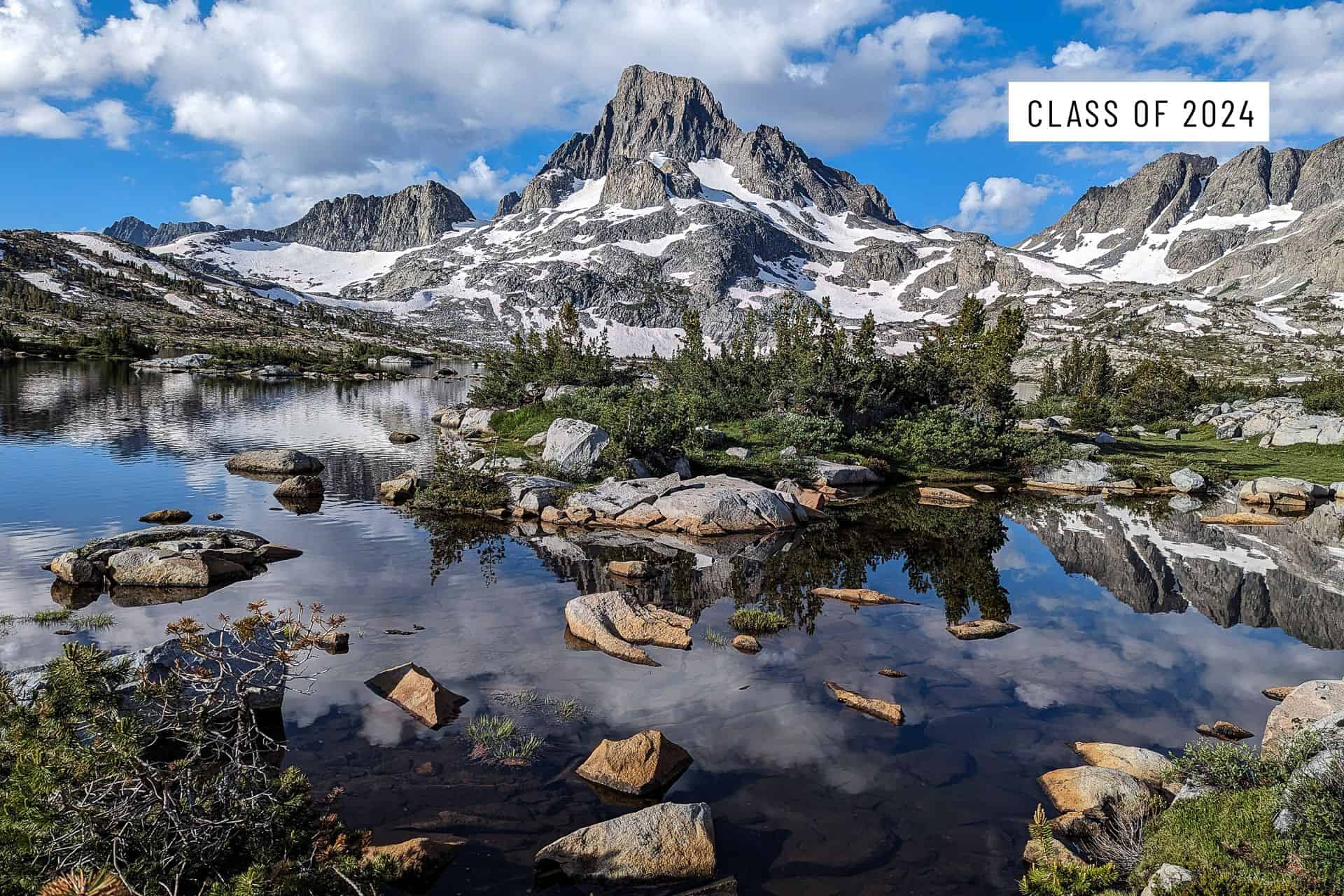
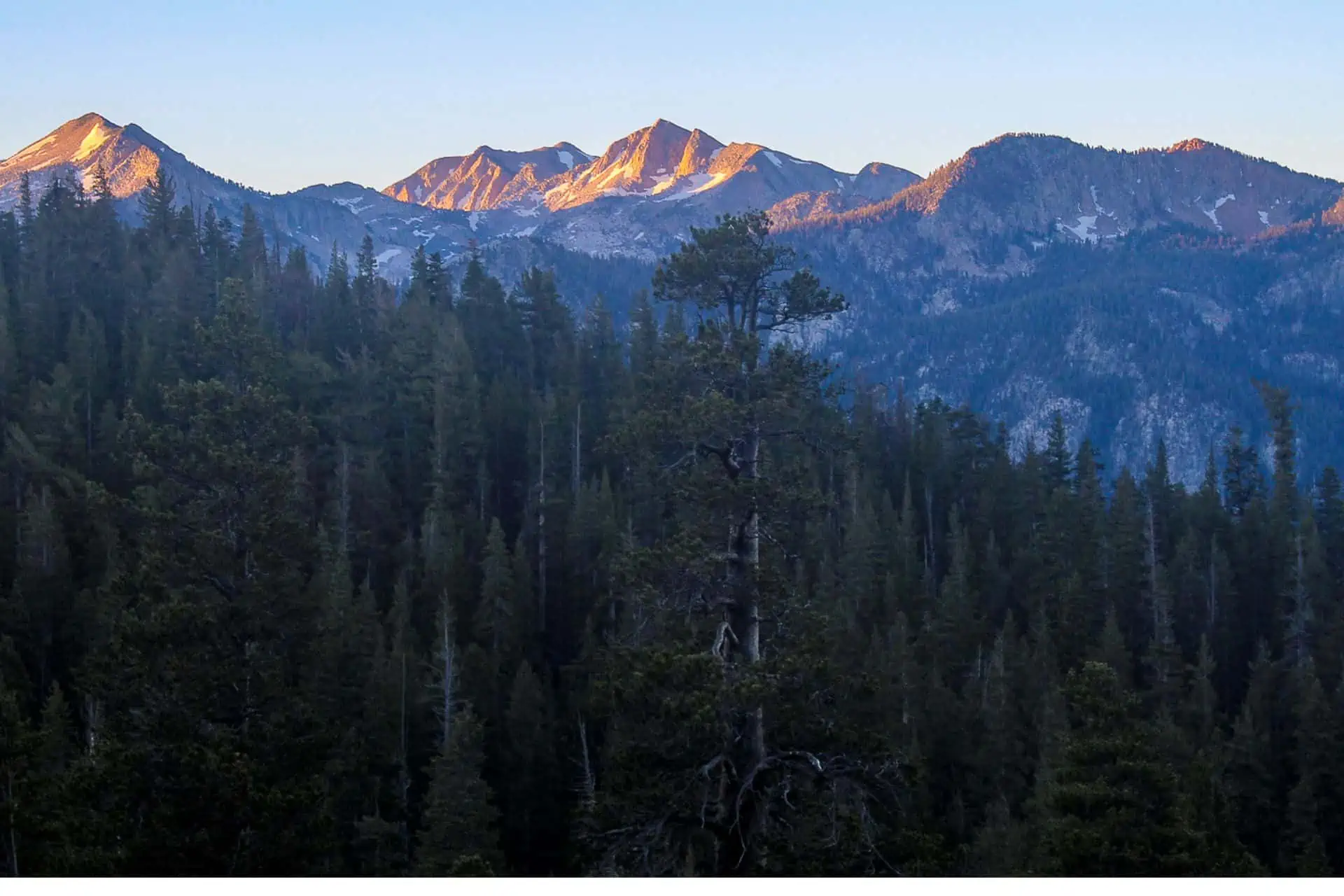
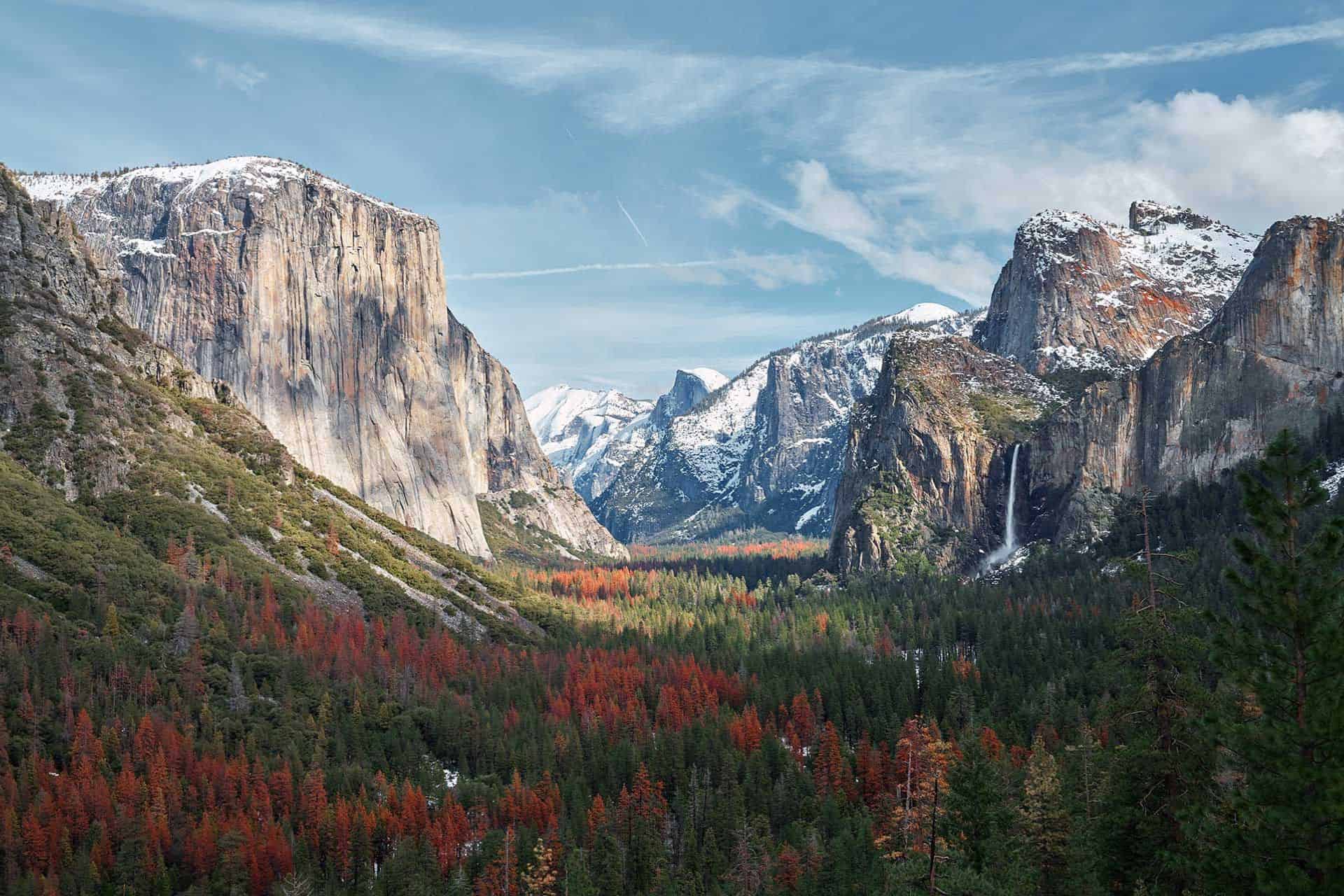
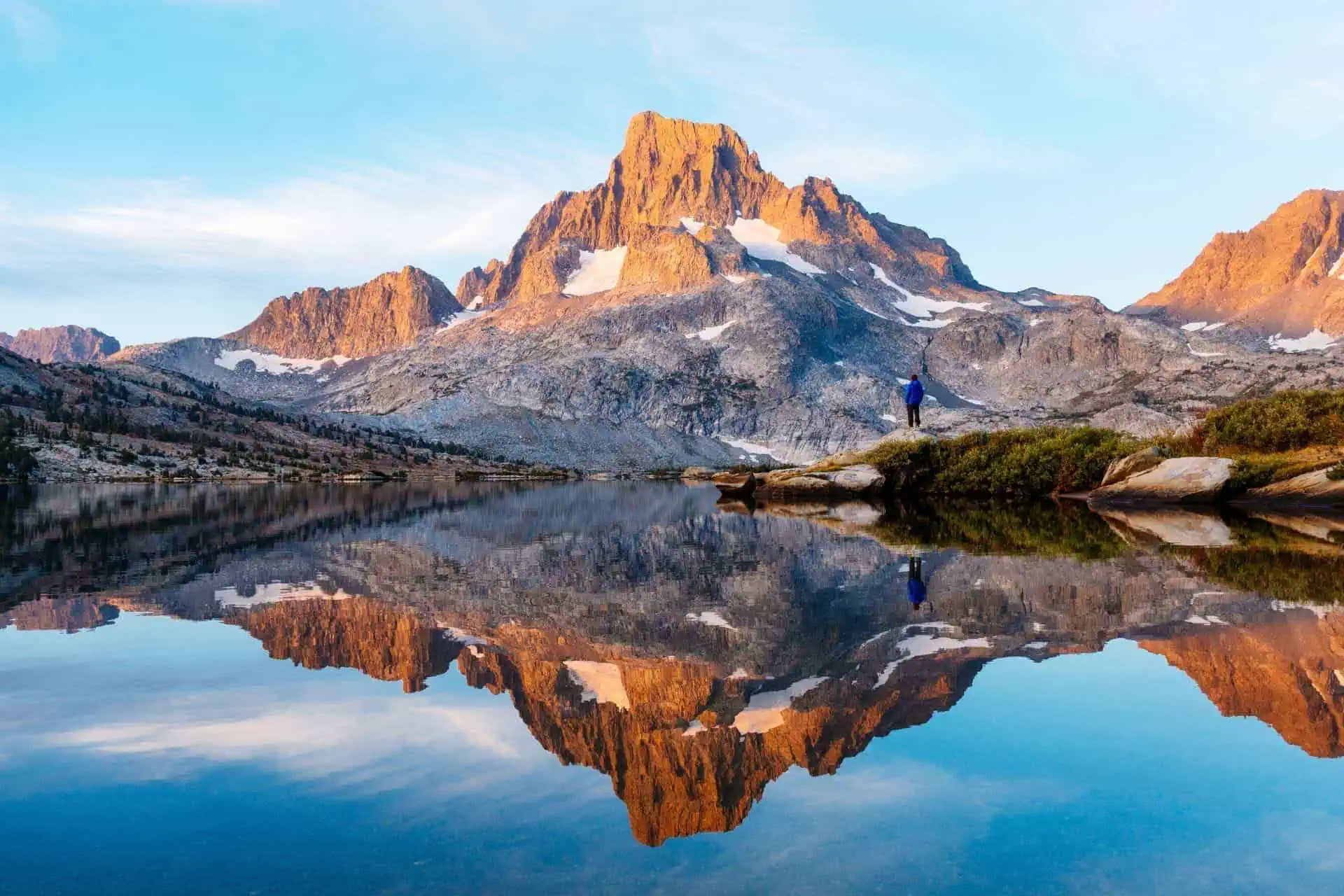

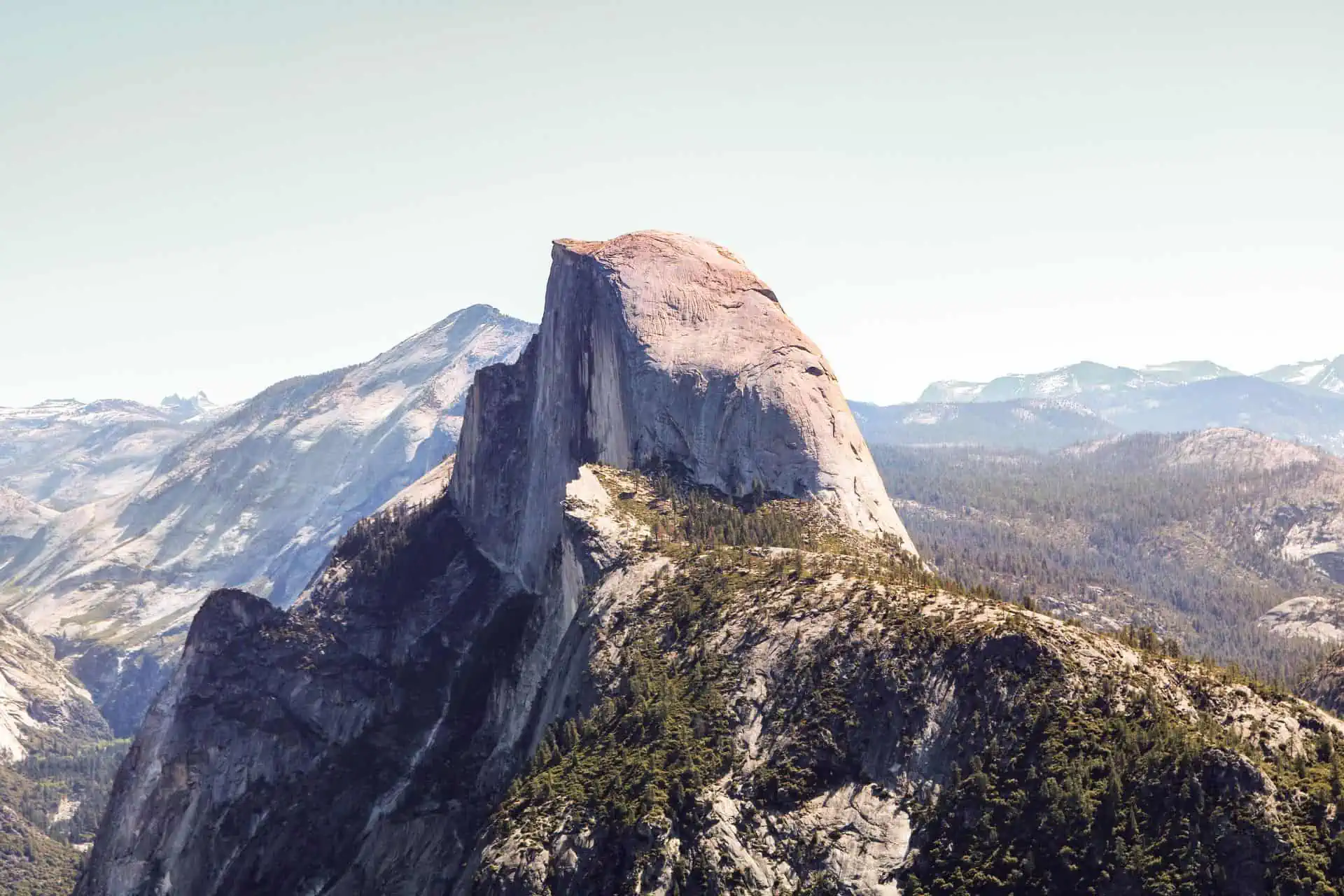
I wouldn’t go with a 45°. It can work, but it can also get down to the 20s in July. Or August. Or anytime in the Sierra.
Agreed. 45°F/7.2°C isn’t a good choice for the JMT unless you know how you deal with cooler temperatures and have a sound layering system.
Well done!
I’m a well seasoned backpacker. In fact, after 30 years, I’m pretty much “well done”! There’s very little I haven’t heard before, but I gotta say this advise column has given even me some new things to ponder.
Thanks for doing these articles.
Happy to hear you’ve still found it interesting after all these years of backpacking!
What are the coldest night temperatures during July? I’m debating between and 15 deg bag and 45 deg bag.
Thoughts on hiking at night during full moon…am I mountain lion bait?
Hiking during a full moon is awesome!
As I mentioned earlier, 5°F/7.2°C isn’t a suitable choice for the JMT unless you are accustomed to dealing with cooler temperatures and have a reliable layering system.
You don’t need all the fancy gear, sure. But it makes it 100% more fun to have a lighter load. Every piece of that UL gear is worth every penny you spend, as long as it works for you. The JMT is a challenging hike; lightening the load is as essential in my view as being fit.
It certainly helps, but hikers should remember that there comes a point when the weight savings cancels out the gear’s effectiveness.